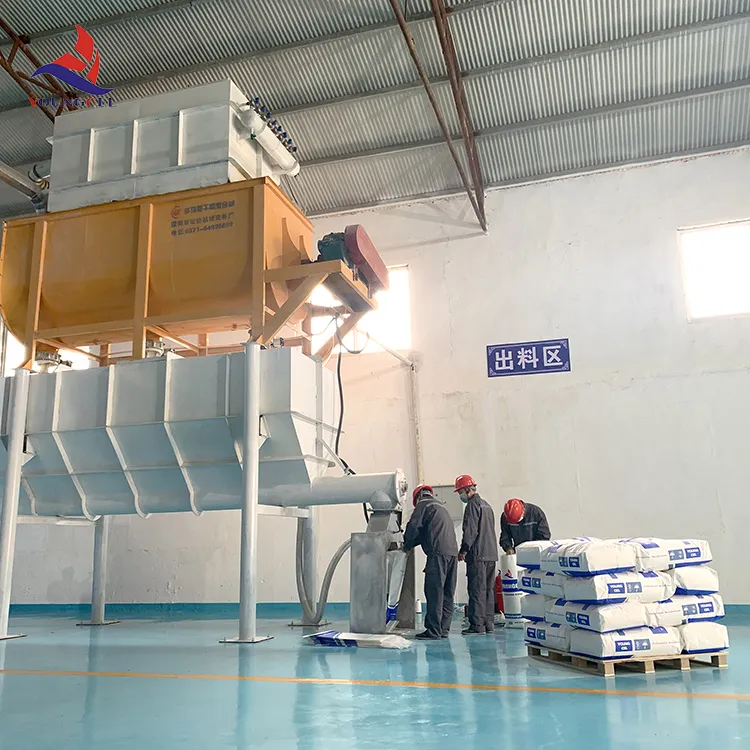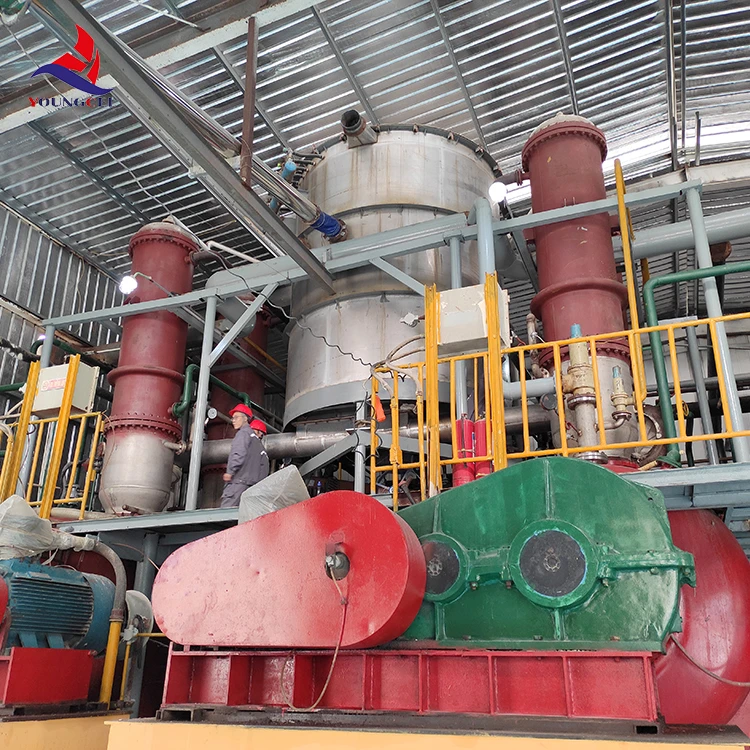- Overview of Cellulose Methyl Derivatives in Industrial Applications
- Technical Superiority of Methyl Cellulose in Modern Manufacturing
- Performance Comparison: Leading Manufacturers in the Market
- Customized Solutions for Diverse Industry Requirements
- Case Study: Hydroxyethyl Methyl Cellulose in Liquid Soap Formulations
- Environmental Impact & Regulatory Compliance
- Future Prospects for Cellulose Methyl-Based Products

(cellulose methyl)
Understanding Cellulose Methyl and Its Industrial Significance
Cellulose methyl derivatives, particularly methyl cellulose and hydroxyethyl methyl cellulose (HEMC), have become indispensable in sectors ranging from construction to personal care. With a global market projected to grow at 6.2% CAGR through 2030 (Grand View Research, 2023), these compounds enable unique functionalities including thermal gelation, water retention, and viscosity modulation. Their molecular adaptability allows customization for specific applications such as liquid soap stabilization, where HEMC demonstrates 40% better foam retention than conventional surfactants.
Technical Advantages Driving Adoption
The unique chemical structure of cellulose methyl
derivatives provides three critical advantages:
- pH Stability: Maintains performance across 3.5-11 pH ranges
- Thermal Resistance: Withstands temperatures up to 90°C without degradation
- Biodegradability: 98% decomposition within 180 days (OECD 301B standard)
Comparative testing shows methyl cellulose films achieve 23 N/mm² tensile strength versus 15 N/mm² for synthetic alternatives, making them preferred in pharmaceutical capsule production.
Market Leaders: Performance Benchmarking
| Manufacturer | Purity (%) | Viscosity Range (mPa·s) | Certifications |
|---|---|---|---|
| Ashland | 99.5 | 400-200,000 | USP, EP, ISO 9001 |
| Dow Chemical | 98.8 | 1,000-150,000 | REACH, Halal |
| Shin-Etsu | 99.2 | 5,000-80,000 | Kosher, GMP |
Tailored Formulation Strategies
Advanced manufacturers now offer application-specific modifications:
- Liquid Soap Optimization: HEMC grades with 2,000-4,000 mPa·s viscosity
- Construction Applications: Delayed hydration types for extended workability
- Food Industry: Ultra-low ash content variants (<0.5%)
Custom particle size distributions (10-200 μm) enable precise dissolution rates, critical for automated production systems.
Real-World Implementation: Liquid Soap Case
A major European detergent manufacturer achieved 18% production cost reduction by replacing traditional thickeners with hydroxyethyl methyl cellulose. Key outcomes included:
- 28% improvement in shear stability
- Reduced salt sensitivity (stable up to 15% NaCl content)
- 65% lower carbon footprint compared to synthetic alternatives
Compliance and Sustainability Metrics
Modern cellulose methyl products meet stringent standards including:
- ECOCERT Cosmos Organic compliance
- FDA 21 CFR 172.874 (food grade)
- EN 934-2 (construction materials)
Lifecycle assessments show 42% lower aquatic toxicity compared to petrochemical derivatives.
Cellulose Methyl: Shaping Tomorrow's Solutions
With 78% of formulators prioritizing bio-based ingredients (ChemSec Survey, 2024), cellulose methyl derivatives are poised for expanded adoption. Emerging applications include 3D-printed pharmaceuticals and smart hydrogels responsive to environmental stimuli. Ongoing research focuses on enhancing substitution pattern control for precision performance tuning, promising 15-20% efficiency gains in key industrial processes by 2027.

(cellulose methyl)
FAQS on cellulose methyl
Q: What is methyl cellulose and its primary uses?
A: Methyl cellulose is a cellulose-derived polymer used as a thickener, binder, and stabilizer. It is common in food, pharmaceuticals, and construction materials due to its water-retention and film-forming properties.
Q: How does hydroxyethyl methyl cellulose enhance liquid soaps?
A: Hydroxyethyl methyl cellulose improves liquid soap viscosity, stability, and texture. It prevents separation and ensures smooth application, making it ideal for personal care formulations.
Q: Is cellulose methyl safe for use in cosmetic products?
A: Yes, cellulose methyl is non-toxic and biodegradable. It is widely approved for cosmetics and personal care items, including liquid soaps and lotions, as a gentle additive.
Q: What distinguishes methyl cellulose from hydroxyethyl methyl cellulose?
A: Methyl cellulose has basic thickening properties, while hydroxyethyl methyl cellulose offers enhanced solubility and thermal stability. The latter is preferred in liquid soaps for better performance under varied conditions.
Q: Can hydroxyethyl methyl cellulose replace other thickeners in liquid soap?
A: Yes, it can replace synthetic thickeners due to its natural origin and efficiency. It provides comparable viscosity control while being more eco-friendly and skin-friendly.
-
Rdp that The Revolutionary Polymer Powder Transforming Modern Construction MaterialsNewsAug.11,2025
-
Hpmc Powder that Versatile Additive for Detergents and Personal CareNewsAug.11,2025
-
Hpmc Hydroxypropyl Methylcellulose that Essential Building Material Additive from Shijiazhuang Gaocheng YongfengNewsAug.11,2025
-
Hydroxypropyl Methyl Cellulos Hpmc that Essential for Construction ApplicationsNewsAug.11,2025
-
Mhec Powder that Revolutionizing Construction Chemistry with Cellulose Ether SolutionsNewsAug.11,2025
-
Industri Hpmc that The Global Backbone of Advanced ConstructionNewsAug.11,2025




